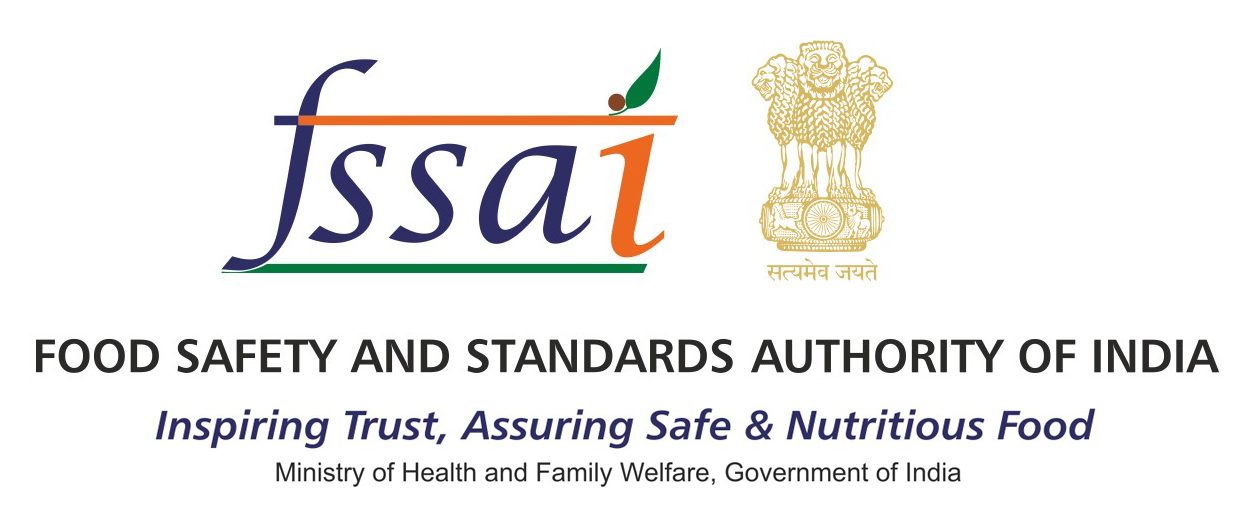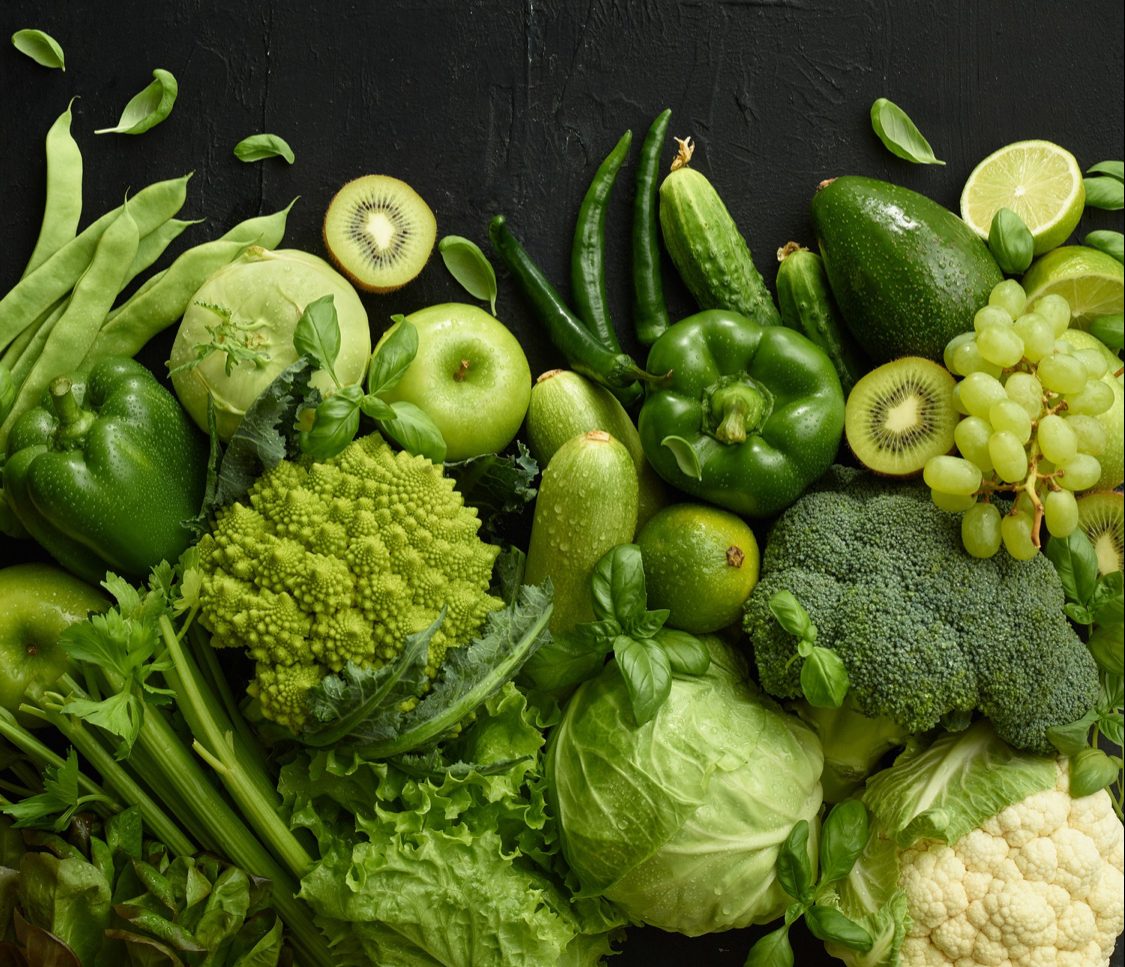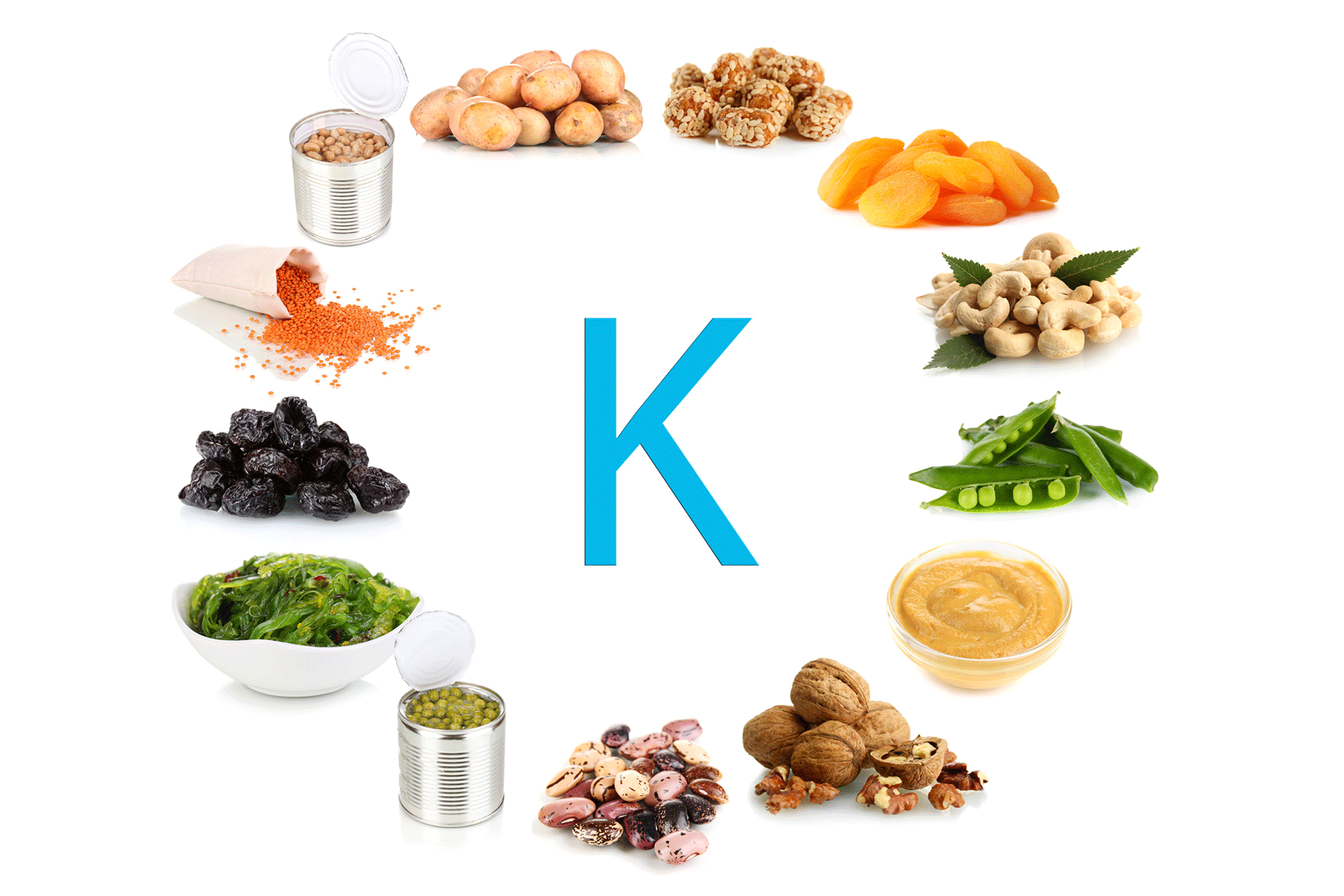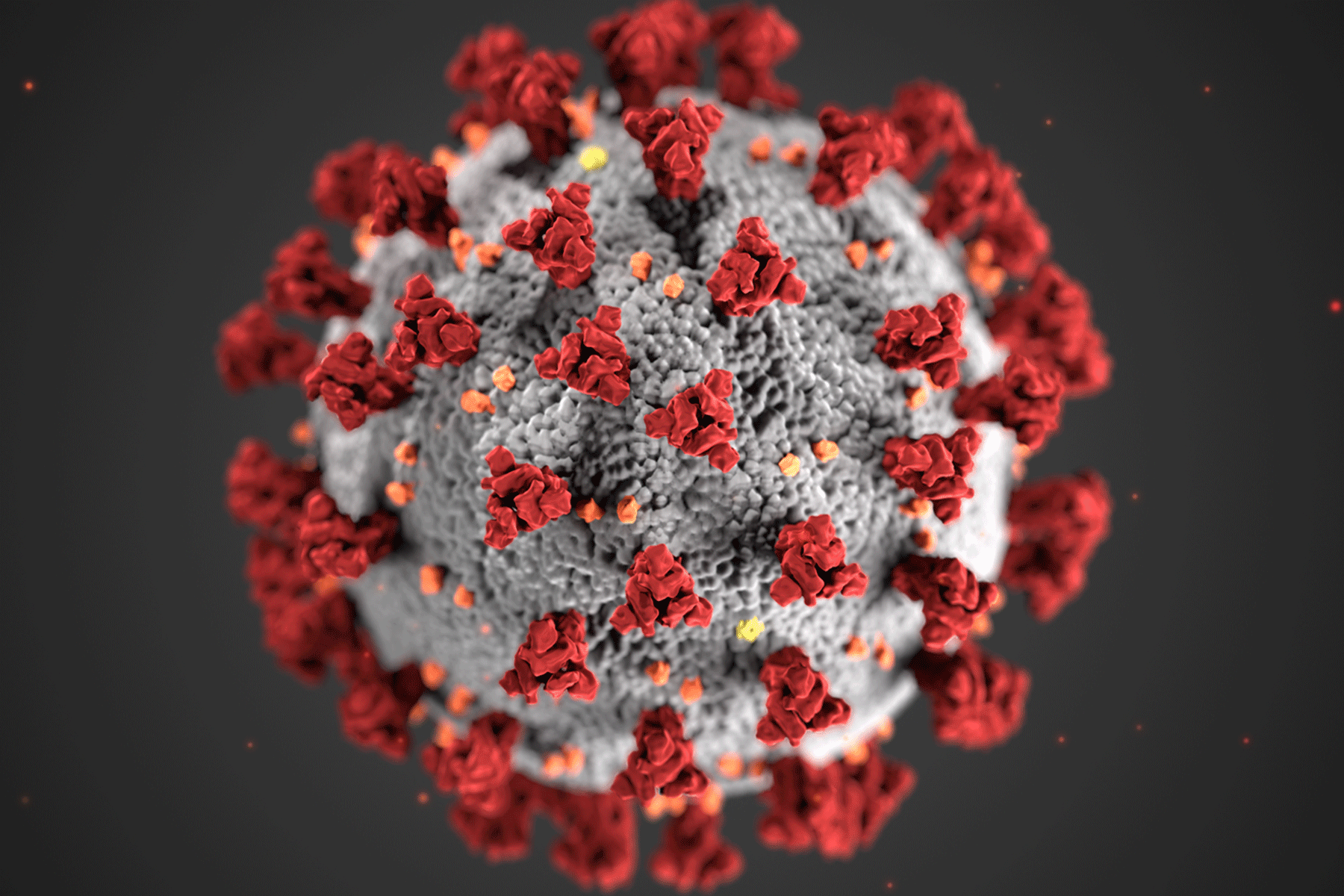India’s vibrant food culture is enriched with traditional fermented foods that have been passed down through generations. Curd (yogurt), idli, dosa, pickles, and fermented roti are not only delicious but also offer numerous health benefits, such as improving digestion and supporting gut health. However, despite their cultural significance, improper preparation and storage of these foods can lead to safety concerns. In this article, we explore the risks associated with traditional fermented foods and provide simple tips to enjoy these tasty treats safely and without worry.
Traditional Fermented Foods in India
India boasts a variety of traditional fermented foods that are both delicious and beneficial for digestion. Some popular ones include:
-
Curd (Yogurt): People ferment milk to make curd, which is used as a side dish or in drinks like lassi.
-
Idli and Dosa: People ferment rice and urad dal batter to make steamed cakes and crispy pancakes, especially common in South India.
-
Pickles: People ferment fruits or vegetables with spices, salt, and oil, often storing them for months.
-
Fermented Roti: People ferment traditional flatbread before cooking to enhance its flavor.
These foods are enjoyed across the country for their distinctive flavors and health benefits. However, if people don’t prepare and store them properly, they can pose certain food safety risks.
Pathogenic Contamination (Bad Bacteria)
Fermentation relies on good bacteria to break down food and make it healthier. However, if people don’t ferment food properly, harmful bacteria like Salmonella or E. coli can grow, causing food poisoning. For example, people often make pickles at home in India. If people don’t store pickles correctly, harmful bacteria will grow and make the food unsafe to eat.
Unhygienic Practices
Many people in India make traditional fermented foods at home or in small local places, where they sometimes neglect hygiene. If they don’t clean their hands, utensils, or containers properly, harmful bacteria contaminate the food. For example, when people leave dosa or idli batter to ferment in warm, humid conditions, the food becomes contaminated if the utensils aren’t clean.
Temperature Control Problems
Fermentation requires a specific temperature to work properly. In India’s hot weather, temperatures often rise above 30°C, which ruins the fermentation process. For example, when people make curd at home by leaving milk to ferment at room temperature, high temperatures allow harmful bacteria to grow, leading to foodborne illness.
Risk from Raw Ingredients
Traditional fermented foods often use raw ingredients like vegetables, fruits, or grains. If people don’t clean these ingredients properly or if they’re contaminated with pesticides or bacteria, harmful substances transfer to the final dish. This is especially concerning with fermented vegetables or drinks like kanji, which rely on raw ingredients and require thorough cleaning before fermentation.
Over-Fermentation
Fermentation has a time limit. If people leave food to ferment for too long, it can turn sour and spoil. Over-fermentation encourages harmful bacteria to grow. For example, if people leave the dosa or idli batter to ferment for too long, they make it become unsafe to eat.
Poor Storage and Packaging
Once people ferment foods, they must store them properly. Pickles, curd, and other fermented foods should go into airtight containers and be kept in a cool, dry place. However, some people store them in open containers or jars, which can lead to contamination from air, dust, or insects.
Lack of Food Safety Regulations
In India, few people enforce strict rules regarding how people should make fermented foods, especially at home or in small local businesses. Without proper guidelines, people compromise food safety. Additionally, many people don’t know how to handle, store, or eat these foods safely, which increases the risk of foodborne illnesses.
What Can Be Done to Make Fermented Foods Safer?

To ensure safe traditional fermented foods, follow these steps:
-
Hygiene: Wash hands, utensils, and ingredients thoroughly to prevent harmful bacteria.
-
Temperature Control: Ferment foods in cool, shaded areas to maintain proper temperatures and prevent bacterial growth.
-
Safe Ingredients: Clean raw vegetables, fruits, and grains well to remove pesticides or bacteria before fermentation.
-
Consumer Education: Teach safe storage and handling, such as using airtight containers, refrigerating when necessary, and avoiding over-fermentation.
-
Government Regulations: Enforce food safety guidelines for homemade and commercial fermented foods to ensure proper preparation and storage.
Conclusion
Traditional fermented foods play a big role in India’s food culture and offer many health benefits. However, if people don’t prepare and store them safely, they can cause health problems. By focusing on better hygiene, controlling the temperature, cleaning ingredients, educating people, and introducing food safety rules, we can enjoy these tasty foods without worrying about our health. By blending old traditions with modern safety practices, we can keep these foods safe, healthy, and delicious for generations to come.
 Food Manifest
Food Manifest 














